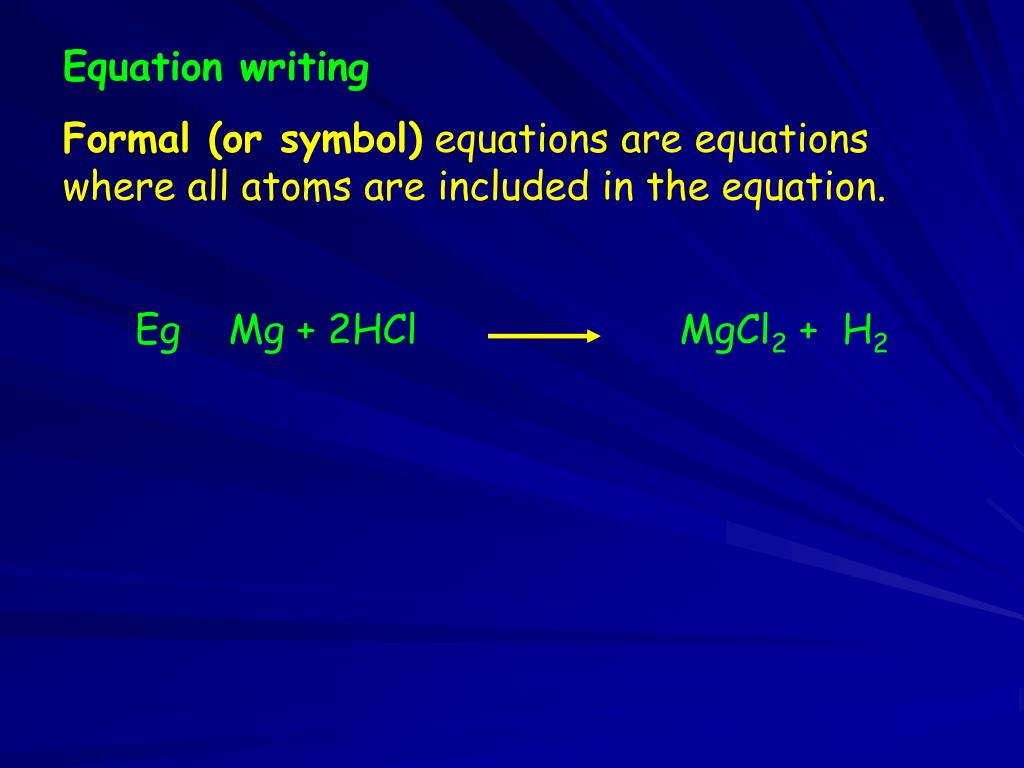

This method is suited to clouds whose base does not exceed the freezing point. These ice crystals melt and fall as rain before reaching the ground. When these ice crystals get large enough, they begin to tumble out of the cloud. Ice crystals are formed at the expense of supercooled water. Between water and ice crystals, a vapor pressure gradient is created. Second property- Over ice crystals, the saturation vapor pressure (es) is lower than over water. Encouraging the formation of all-ice clouds, a single ice crystal is added to a supercooled water droplet cloud. Hence, with an increase in temperature, some water droplets will turn into ice. But freezing nuclei are rare in the atmosphere.

This method uses two properties of water.įirst property- A cloud's water droplets do not freeze at 0☌ but remain liquid until -40☌ termed as Super-cooled water If disturbed, super-cooled water will freeze. When an ice crystal collides with super-cooled water, it freezes the water. The clouds contain ice crystals and super-cooled water droplets. These mechanisms can be explained by two processes: It signifies that specific processes are at work in a cloud that produces rain. Precipitation happens when cloud droplets or ice crystals grow large enough to overcome atmospheric updrafts. Precipitated moisture from clouds sometimes evaporates before reaching the earth's surface. While all clouds contain water, only some generate precipitation. As the liquid water accumulates, the updraft weakens and the downdraft strengthens. The stronger the updraft, the taller the cloud. The updraft determines cloud growth and height. In every cloud, there are updrafts and downdrafts. Process: Condensation of water vapors in the air mass causes precipitation.ĭue to adiabatic cooling, the rising air mass containing a significant number of water vapors becomes saturated.Ĭondensation of water vapors causes clouds to develop. They are several types of water that fall from the frozen clouds in the sky. Rain, snow, sleet, freezing rain, hail, snow grains, and diamond dust are all examples of diverse types of precipitation. When a particle falls from the cloud, it creates a turbulent wake behind it, promoting faster and more frequent drops.ĭepending on the atmospheric conditions, the crystallized ice may reach the ground as ice pellets or snow, or it may melt and convert into raindrops before reaching the earth's surface. Frictional drag and gravity induce the drop to the ground. Precipitation happens when any form of water particle falls from the upper atmosphere to the earth's surface. They're all formed by clouds in the troposphere, which are around 8 to 16 kilometers (4 to 11 miles) above the ground.

The falling of water from the sky in various forms is known as precipitation.


 0 kommentar(er)
0 kommentar(er)
